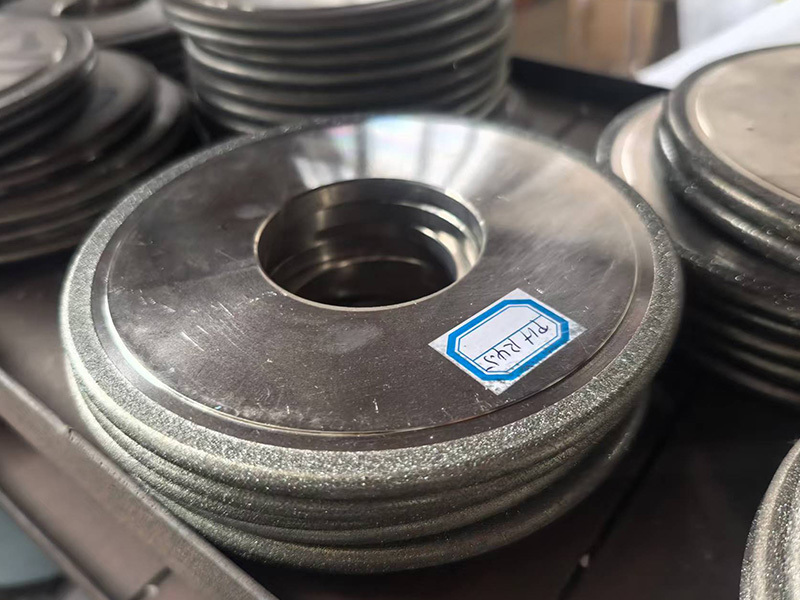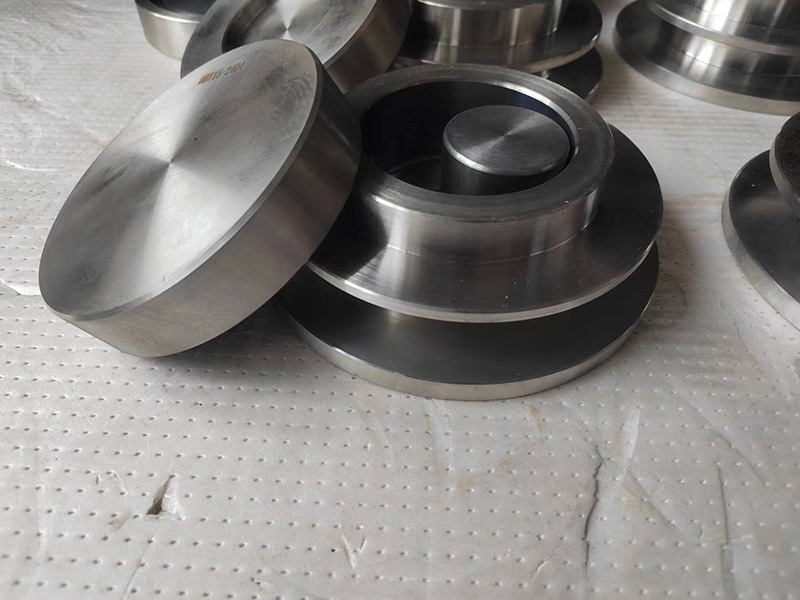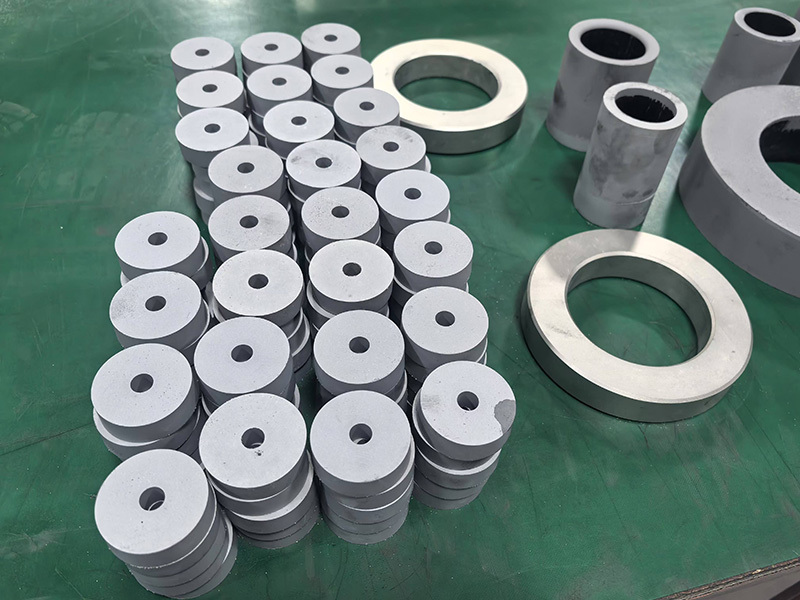Mastering the Art of Drawing Die: A Comprehensive Guide
Understanding Drawing Die
So, you're curious about drawing die? Well, you're in for a treat! This nifty tool plays a crucial role in various manufacturing processes, particularly in metalworking. Let’s dive into what drawing die is all about!
What is a Drawing Die?
In essence, a drawing die is a specialized tool used to shape and size materials, primarily metals, through a pulling process. Imagine it as the artist's brush that creates beautiful masterpieces, but in the manufacturing world!
How Does It Work?
The process kicks off when a raw material, such as a metal rod or wire, is fed through the drawing die. As the material passes through, it is stretched and reshaped to achieve the desired diameter and length. It’s a bit like pulling taffy, only with metal!
Types of Drawing Dies
There are several types of drawing dies, each tailored for specific applications:
- Single-Stage Dies: The simplest form, used for basic operations.
- Multi-Stage Dies: These are used when multiple reductions are needed in one go.
- Conical Dies: Designed for tapering materials, providing a unique finish.
Applications of Drawing Die
Where can you find these tools at work? Well, they’re quite versatile! Industries like automotive, aerospace, and even electronics utilize drawing dies to produce components that are both precise and robust. Think wires, tubes, and rods that are essential for the gears of modern machinery!
Benefits of Using Drawing Die
Why should manufacturers consider using a drawing die? Here are a few compelling reasons:
- Improved Accuracy: Drawing dies ensure that the final product meets strict specifications.
- Material Efficiency: This process minimizes waste by using only what is necessary.
- Cost-Effective: By streamlining production, companies can save both time and money.
The Future of Drawing Die Technology
As technology advances, so does the drawing die. The integration of computer-aided design (CAD) and computer numerical control (CNC) machining has revolutionized the way drawing dies are created and utilized. We’re talking about precision like never before! Manufacturers are now able to design custom dies that cater specifically to their needs, leading to even greater efficiency.
Final Thoughts
In a nutshell, the drawing die is an unsung hero in the manufacturing realm, quietly working behind the scenes to shape the components we often take for granted. Whether you’re in the business of creating intricate electronics or robust automotive parts, understanding and utilizing this tool can elevate your production game. So, the next time you see a metal component, remember the artistry and precision of the drawing die that helped create it!
Tags:
Related news










